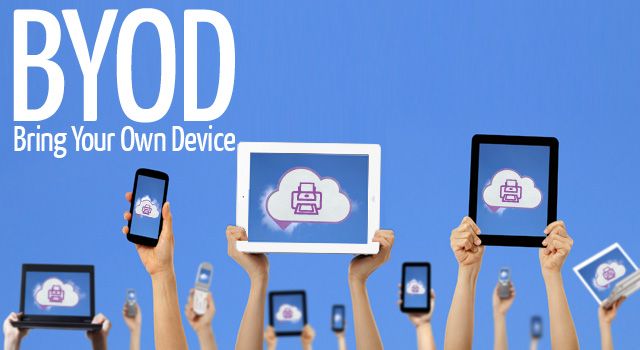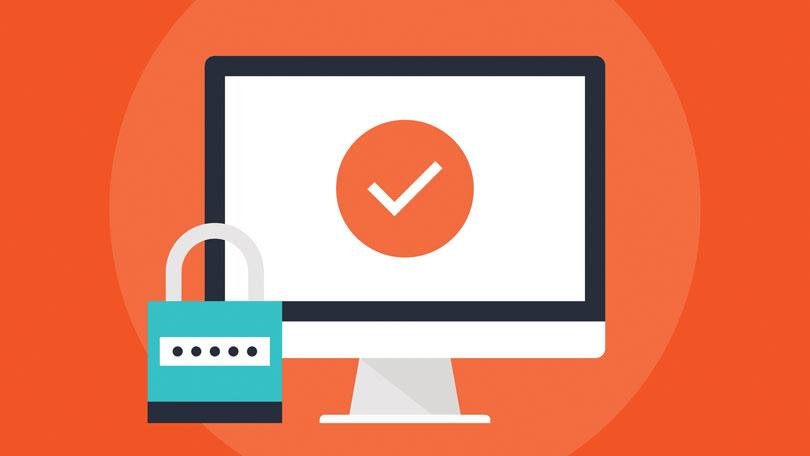Businesses all need to fully embrace digital computing. There are different ways to approach going completely digital. The relevant solutions largely depend on what type of business requires them.
Here are some suggestions on how to use technology effectively to get the most out of it.
Use a Website Platform to Launch a Better Site
The latest technology allows business owners to throw out an outdated website that they struggled to manage and bring in something modern.
As a platform for websites, Format provides themes to instantly deliver a professional appearance for a new site. There’s access to a certain number of high-quality images depending on the subscription plan and the ability to put up an online store directly on the website too.
Learning how to create web page layouts is no trouble at all. There’s a drag and drop interface provided to adjust the position of page elements, as well as the ability to add new elements or remove others. The interface is designed to be intuitive and easy for non-designers to get what they want in no time at all.
Also, for businesses where they need to provide mock-ups or photographic collections, there’s a full proofing feature letting a client add notes on those they liked/disliked, select their favorites, and even download some of the photos too.
Bring Your Own Device (BYOD)
There’s a growing trend for companies to adopt the Bring Your Own Device (BYOD for short) as a broad policy mandate. The idea is that when employees can use their own smartphone, tablet or laptop to connect to the corporate ethernet, they’re happier and more productive.
Money Saving Strategy
In terms of the cost benefits, it saves the company from having to buy and update smartphones for key employees and cover the cost of expensive corporate 4G LTE mobile data plans.
Whilst most employees will require a computer at their desk, with businesses that see many employees owning a computer already – for instance, in a wed design studio – it can become completely unnecessary to provide computing equipment beyond printers, scanners and other peripherals. Companies that run a hot desk or shared desk environment may also save money with a BYOD policy.
Security Concerns?
There are some considerations about security risks with letting employees or contractors to either come into the office and hook-up one or more of their devices, or to access the company’s network remotely via an intranet.
Protective Software
During use, for instance, a smartphone would store business login details and other sensitive information. When using their own device and choosing to leave the company (or being fired), it’s not always possible to digitally remove or overwrite this information. While the login information can get scrubbed on the network side, sensible files and other information stored on the device either in a folder or in the cache of a web browser cannot necessarily be reliably deleted.
Firewall
Not every user is sophisticated enough to have a firewall set up on their personal device that accesses company systems. This can create an indirect trojan horse into the company’s network if it’s not prevented. The business will need a security plan in place for major operating systems like Windows, Linux, Mac, Android, iOS and Windows Phone detailing what security software must be installed and how it is to be configured properly.
Unsafe Wi-Fi
Employees will need to use a Virtual Private Network to tunnel into the company’s server from outside the building. This avoids the risks of insecure internet connections because it encrypts all data streams end-to-end.
Theft or Loss of the Device
A policy needs to be in place to monitor access for irregularities. Staff must inform the company immediately when they know that a device has been misplaced or stolen, so that their access can be disabled. A remove wipe of data on the device may be possible if it comes back online again.
Fully Embrace Cloud Computing
Most businesses are using cloud computing in some form, but not every business has fully embraced the technology. Perhaps its time to jump in with both feet now?
Accounting Software
Many services running in the cloud are more convenient. For instance, accounting software in the cloud is accessible to accounting staff and the management team at any time, from anywhere. This is more useful than accounting software installed on each computer and only accessible from a PC with a license. Paying for a Software-as-a-Service (SaaS) on a per user basis is a simpler approach.
Storage
Online storage opens greater capacities than what is available on a desktop PC in the office. When some employees are also using their own device, they take the data home with them, which is even more of a cause for concern.
It’s best to use business-oriented cloud storage solutions to achieve enterprise-level security measures in the cloud and provide a central repository for files to avoid them being on a single PC or device.
Utilise Facebook’s Pixel to Retarget Site Visitors Later
Over two-thirds of shoppers who begin adding items to their shopping cart will abandon it before they get through the checkout process. Given that only around 2 percent of people on a website will make a purchase, the number of visitors failing to follow through is very costly.
The idea with retargeting is to gain access to the customer after they’ve left the site even if you never got their email address. How is this achieved exactly? By using a pixel. It is a tiny item on the website that helps to later identify the former visitor.
Connecting the Dots, Literally
With Facebook’s pixel, they’re able to make the connections between the visitor on your business site and who that person is when they arrive later at Facebook. By running an advertising campaign, it’s possible to effectively reach out and touch that person by offering them something of value. Perhaps a discount on their next order or another enticement to encourage them to return to the site? More than half of shoppers notice that they often see ads with images of products they previously looked at.
Is it a Smart Use of Technology?
How effective is retargeting? It’s been determined that with more relevant ads showing product information, around 65-70% are influenced to convert into buyers even though they passed on the first attempt. Companies get a second bite of the apple when using retargeting but often lose the chance to sell to the visitor forever after they’ve left when not utilising this clever marketing tool.
Surprisingly, many small businesses either don’t know about retargeting, find the idea too confusing to get over the learning curve, or simply fail to implement it successfully.
Using technology effectively is a challenge for most companies. They’re fearful of spending considerable sums on custom software solutions and other dead-ends that ultimately don’t benefit their business. These days, though, many of these fears are overblown. Due to the expansion of cloud-based solutions and SaaS online offerings, it’s possible to get a scalable solution at an affordable price. Similarly, web design is no longer a custom solution at great cost because there are now excellent ready-made platforms to make use of. Therefore, companies can invest in technology with far less fear about making a poor decision.







